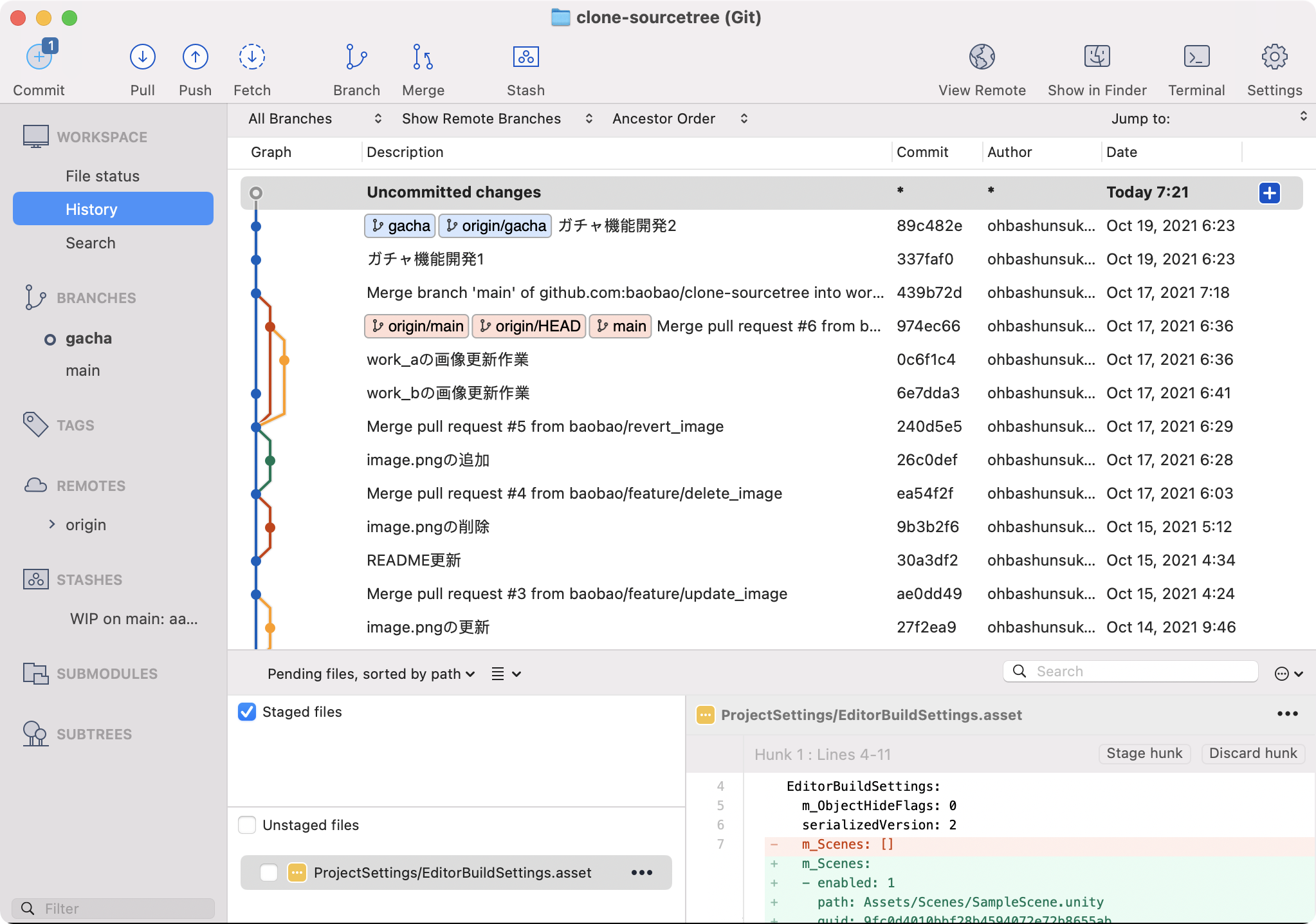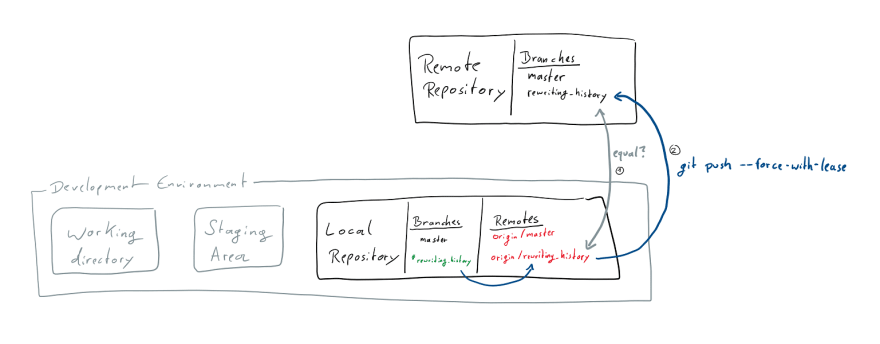

source tree checked out initially and then just wanted to make sure that. Disclaimer: This site is not intended to be an exhaustive reference. It means that someone else has pushed before you. force repeat checkout/reset/clean for each borked branch.
FORCE PUSH SOURCETREE CODE
This is because force push overrides the code in the remote repository and, hence, the existing code in remote repository gets lost. Open new tab and do same except its url/path/name is for repo2 Developer 1 checks the remote repository only to find out the code they wrote has completely disappeared.I've never done a force push since -new-branch was introduced, and never needed it to combine unrelated repositories or push a two-headed branch (a force pull is much safer). I agree with Ry4an that this option is more dangerous than useful. So steps 2-5 ~ 2-7 are just for calming it I wasn't able to find a way to do a hg push -force proper via the SourceTree dialogs.Unfortunately, this option is grayed-out and I am not able to select it. As I detail in my own answer, git push -force is indeed another valid way to force push, and will push branches just as well as git push origin master -force with Git's default fault config settings, though which branches specifically get pushed differs between Git versions prior to 2.0 versus after 2.0. "Settings" -> Double-click "origin" line -> "OK" to close remote details -> "OK" to close repository settings When I click the 'Push' button in the SourceTree window I get a window asking me to select the desired branch and at the bottom of this window there is an option to 'Force Push' (which is necessary after a rebase).Click "Remote" icon with a red exclamation mark.Enter C:\test\repo1 to "Destination Path:".On GitHub, create two private repositories named "repo1" and "repo2" with "Initialize this repository with a README" enabled.Consider using a Git GUI client, such as Sourcetree or GitKraken, to visually manage your Git repository and easily perform actions like reverting or rebasing commits.Communicate with your team before force pushing changes to a shared branch, as it may cause conflicts or loss of work for other collaborators.

Always backup your repository before performing any destructive actions, such as resetting or rebasing commits.Then, force push your changes: git push -force-with-lease Troubleshooting Tips and Notes To edit a commit, change pick to edit on its line.SourceTree Create A Bitbucket Account SourceTreeAccess Tokens. git pull -force only modifies the behavior of the fetching part. Instead, it lets us fetch the changes from one remote branch to a different local branch. It may sound like something that would help us overwrite local changes. The default editor (often Vim) will open. remote: GitLab: You are not allowed to force push code to a protected. However, this is a very different beast to what's presented in this article. Interactive rebasing allows more granular control, letting you edit, reorder, or drop commits from history. It ensures you're not overwriting someone else's work in a shared branch. Gii thích: Git push -force rt nguy him, vì theo c ch ca mình, nó s ghi è lên remote repo bng code local ca mình, mà không cn quan tâm n vic bên phía remote ang cha th gì.

Use -force-with-lease over -force as it's a safer option. TL DR: Không s dng push -f hay push -forceThay vào ó nên s dng push -force-with-lease. Resetting is a more aggressive method that alters the commit history by moving the branch pointer to a desired commit. Git revert OLDEST_COMMIT_HASH^.NEWEST_COMMIT_HASH Instead of deleting commits, it adds a new one that undoes previous changes. Reverting is the safest and most straightforward method, especially when working on shared branches. You want to remove a specific commit from the project history.You committed code that contains a bug or breaks the build.You accidentally committed sensitive information, such as passwords or API keys.There are several reasons why you might want to undo a pushed commit: In this guide, you will learn various methods to undo pushed commits in Git. Occasionally, you may find yourself in a situation where you need to undo a commit that has already been pushed to the remote repository.


 0 kommentar(er)
0 kommentar(er)
